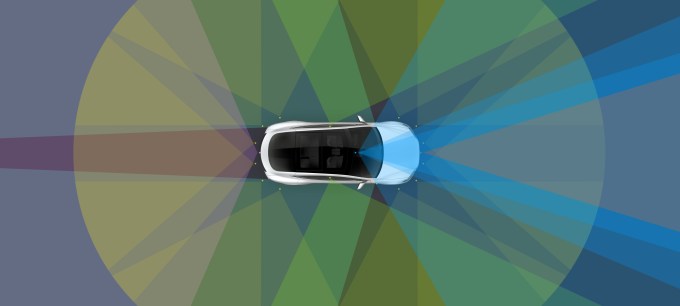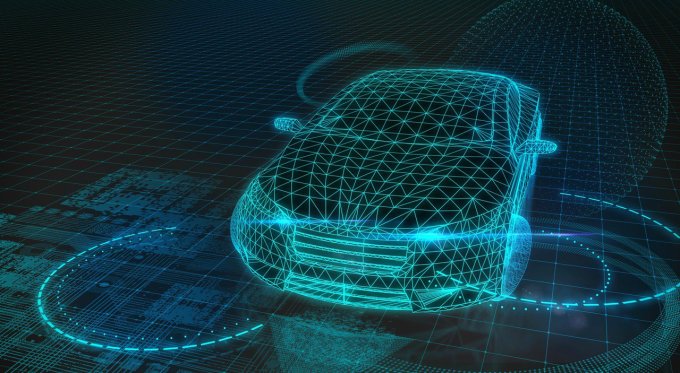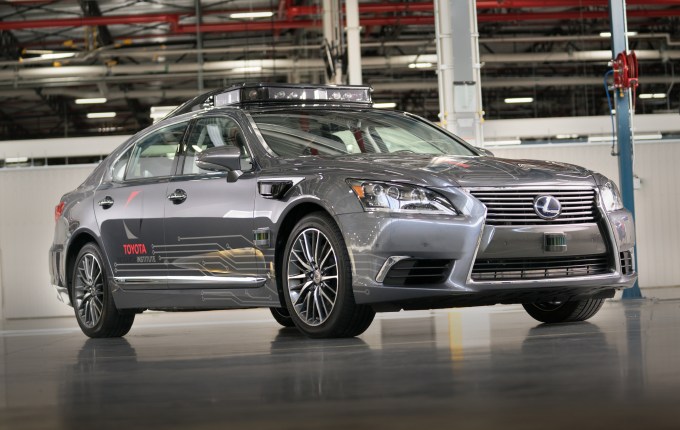 Elon Musk’s vision of autonomous driving differs from a lot of Tesla’s competitors in that he’s been adamant that LiDAR isn’t a core component of his approach. It’s a stance that provokes a lot of debate among experts in the field. Read More
Elon Musk’s vision of autonomous driving differs from a lot of Tesla’s competitors in that he’s been adamant that LiDAR isn’t a core component of his approach. It’s a stance that provokes a lot of debate among experts in the field. Read More
Category: Lidar
Full autonomy is years away, but here’s what’s next on autonomy’s wild ride
 There are three exciting developments that I do expect to transpire within the next 12-18 months.The first major rollouts of autonomous fleets; the development of new mapping and LIDAR technology; and, finally, the development of communities dedicated to autonomous driving in cities and private campuses. Read More
There are three exciting developments that I do expect to transpire within the next 12-18 months.The first major rollouts of autonomous fleets; the development of new mapping and LIDAR technology; and, finally, the development of communities dedicated to autonomous driving in cities and private campuses. Read More
Toyota Research Institute to debut its 3.0 self-driving research car at CES
 Toyota Research Institute is accelerating its autonomous vehicle efforts with a new third-generation test platform that it’ll be showing off in person at CES next week. The so-called ‘Platform 3.0’ car uses a Lexus LS 600hL as its base, and goes further than its predecessors in terms of integrating the autonomous sensing and hardware features with the vehicle’s design for… Read More
Toyota Research Institute is accelerating its autonomous vehicle efforts with a new third-generation test platform that it’ll be showing off in person at CES next week. The so-called ‘Platform 3.0’ car uses a Lexus LS 600hL as its base, and goes further than its predecessors in terms of integrating the autonomous sensing and hardware features with the vehicle’s design for… Read More
Apple reveals self-driving car work in research paper
/https%3A%2F%2Fblueprint-api-production.s3.amazonaws.com%2Fuploads%2Fcard%2Fimage%2F657835%2Fcfa9c777-e149-4ae4-86bb-79c0b2c2eb62.jpg)
Apple’s work on self-driving cars has been more secretive than just about every other project in the autonomous car space — but now, two of the company’s scientists have published some of their auto-focused research for the first time.
The paper, authored by Apple engineers Yin Zhou and Oncel Tuzel and published in the independent journal arXiv, details a new computer imaging software technique called “VoxelNet” that could improve driverless car system’s ability to detect pedestrians and cyclists.
The scientists claim their new method could be even more effective than the two-tiered LiDAR and camera systems that have become the industry standard for object detection in self-driving cars. Those expensive systems depend on cameras to help determine the small or faraway objects (like pedestrians or cyclists) detected by LiDAR sensors, which use light beams to detect and map 3D obstacles in the world around the the vehicle. Read more…
More about Apple, Apple Car, Autonomous Vehicles, Self Driving Cars, and Lidar
View More Apple reveals self-driving car work in research paperApple could use machine learning to shore up LiDAR limitations in self-driving
 Apple has a new paper published in Cornell’s arXiv open directory of scientific research, describing a method for using machine learning to translate the raw point cloud data gathered by LiDAR arrays into results that include detection of 3D objects, including bicycles and pedestrians, with no additional sensor data required. The paper is one of the clearest looks yet we’ve had… Read More
Apple has a new paper published in Cornell’s arXiv open directory of scientific research, describing a method for using machine learning to translate the raw point cloud data gathered by LiDAR arrays into results that include detection of 3D objects, including bicycles and pedestrians, with no additional sensor data required. The paper is one of the clearest looks yet we’ve had… Read More
Arbe Robotics raises $9M to build high-resolution radars for autonomous cars
As carmakers and tech companies continue to improve the mechanics and reliability of self-driving cars, Arbe Robotics, a Tel Aviv startup developing a high-resolution radar system to help those vehicles detect and identify objects, has raised $9 …
View More Arbe Robotics raises $9M to build high-resolution radars for autonomous cars
